IN THE FIELD
Zoo Educator Sharon B. is visiting our conservation partner Polar Bears International in Churchill, Canada this week. Follow her blog updates to find out what’s going on in the field!
Support fieldwork! Your gift, large or small, helps the Zoo’s conservation programs near and far.

Update 1:
Visiting Churchill is an amazing privilege. I am excited for this opportunity to see a landscape so radically different from Baltimore, but still affected by our actions. Sunday we spent part of the day at Assiniboine Zoo getting a tour of their polar bear facilities. AZ is interesting in that their polar bear facilities function exclusively as a rescue center, and all their bears came in as orphans from the Churchill area. They have 9 bears!
For the rest of the day, we had classroom sessions to review National Network for Ocean and Climate Change Interpretation (NNOCCI) framing principles. This year’s Leadership Camp is unique in that it is the fruit of years of planning for a formal collaboration between Polar Bears International (PBI) and NNOCCI. The hope is to amplify our collective messages to mobilize people to take action on climate change. With this goal in mind, they specifically sought to bring in participants who span these two different networks: staff from PBI arctic ambassador centers (like our Zoo) who have also gone through the formal NNOCCI training. It’s all about giving people hope and a sense of agency to work for positive change-specifically to work together to reduce or collective carbon emissions.

Update 2:
We’re spending the night at the Churchill Northern Studies Center (CNSC). For them, water conservation is a way of life. All water they use must be trucked in from a nearby lake or from town, so they have to make every drop count. That means they have some composting toilets and showers that run only 90 seconds at a time—though you can restart it for another 90 seconds. Because fresh vegetables are so scarce and expensive up here, they grow many of their own using hydroponics. And of course, at the center they have the standard polar bear rules: no going outside without telling someone, and no walking off alone. Plus, we saw the Northern Lights!

Update 3:
We had a nice first day thrashing along on the Tundra Buggy. We did see a polar bear as soon as we were leaving the Churchill airport, but unfortunately didn’t get any pictures because we hadn’t even gotten on Tundra Buggies or have our cameras out yet! This has been an 18 hour day, so I’m about ready to drop! We had a lecture on biodiversity this evening from Bill Watkins of Manitoba Sustainable Development department.
Update 4:
Churchill is in the southern part of natural polar bear range, which means that bears in this region experience more pronounced seasons than bears that live in the high Arctic. In the high Arctic, there is generally sea ice year-round, and bears spend their lives out on the ice. We are here during the very early part of the season when the bears move toward shore, but the hope is that we will see at least some of them. Currently, we are out on the Tundra Buggy Lodge near the shores of Hudson Bay. Not a lot of photos today. We were out on the Buggy, but nothing really. We’ll spend most of the day tomorrow on the Buggy, so fingers crossed that we’ll see a bear. We just saw an Arctic hare outside the Tundra Buggy Lodge bunkhouse.

The Maryland Zoo is one of 48 Arctic Ambassador Centers (AACs), that partner with PBI in action programs to protect polar bears. When I return from Churchill one of my main goals is to work closely with the keeper staff who have already attended a Leadership Camp to further build our internal capacity around these issues. This year’s Leadership Camp is a bit different from past years. This year PBI partnered formally with NNOCCI to facilitate the integration of the PBI and NNOCCI networks, both of which have a commitment to communicate the mechanisms of climate change and promote community-level solutions to decrease the causes of climate change-related to burning fossil fuels. As a member of the NNOCCI network and a staff member at a PBI AAC, I was in a unique position to participate in this new initiative.
FINAL UPDATE:
It’s hard to believe that my time in Churchill is already over! What an incredible—and exhausting!—experience with tremendously dedicated people committed to protecting polar bears and their habitat.
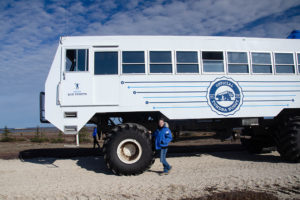
What did you learn?
So many things! We were fortunate to have along with us during the week Heather MacLeod of Parks Canada and Bill Watkins of Manitoba Dept. of Sustainable Development, who served as naturalists and interpreters of cultural history. Most of us on the trip were already familiar with polar bear biology, but experiencing the tundra and learning about the whole ecosystem was a brand new experience.

What was the highlight?
Without a doubt, seeing polar bears in their native range was the highlight. We also saw an Arctic wolf on our last morning at the Tundra Buggy Lodge.
What surprised you?
I’m still surprised at how colorful the tundra actually is! Many of the rocks are covered with bright orange lichen that looks like neon spray paint. Tucked amid the lichens and mosses you will also see beautiful red low-ground cranberries. And my favorite tundra plant was definitely the Arctic aven—in its life stage this time of year, when it has released its seeds, it resembles a tiny truffula tree, like in the Dr. Seuss book, The Lorax.
What do you want people to know about polar bears and climate change?
Loss of sea ice due to a changing climate is definitely the biggest threat to polar bears. When we burn fossil fuels such as coal, oil, and natural gas for energy to power our vehicles and to produce electricity, we add carbon dioxide to the atmosphere. This buildup of carbon dioxide acts like a blanket growing thicker and thicker that traps heat around the earth. As more heat energy is trapped in Earth’s atmosphere, climates all over Earth are disrupted, and in places where climate is warming—such as the Arctic and sub-Arctic—we see impacts like loss of sea ice.

Polar bears rely on hunting seals to survive, and they require stable sea ice to function as hunting platforms. Unfortunately for polar bears in the southern part of the range, climate changes have produced warming that cause sea ice to thaw earlier in the spring and to freeze up later in the fall. These changes mean the bears in this range must fast for even longer periods before they can return to sea.
As the Arctic and sub-Arctic continue to warm, there will be fewer days of sea ice, leaving females fewer resources to produce and nurse cubs, and for adult bears even to survive. Although these effects are currently strongest for the bears in the Hudson Bay population, these likely foreshadow effects that bears in the high Arctic will experience as warming continues.
What can we all do to help polar bears?

We must protect the sea ice in polar bear home range that makes it possible for polar bears to continue thriving in the wild. When we burn fossils fuels, such as coal, oil, and natural gas to produce electricity and to power our vehicles, we release carbon dioxide into the atmosphere. CO2 acts like a blanket, trapping heat energy in Earth’s atmosphere. The more CO2 we add through our daily activities, the thicker that blanket becomes, and the more heat that becomes trapped in our atmosphere. We are feeling the effects of increasing global temperatures and climate disruptions, but the trapped heat energy is not spread evenly around the Earth. Areas such as the poles are experiencing more rapid warming—and rapid loss of the sea ice.
Working together to reduce the CO2 that we add to the atmosphere from burning fossil fuels can go a long way toward keeping that heat-trapping blanket from getting even thicker! Creating no-idle zones at businesses and schools, building safe bike lanes, and carpooling are all ways to decrease the burning of fossil fuels. And BGE’s Energy Saving programs such as PeakRewards are great examples of how businesses and utilities can work with local communities to be more energy-efficient, and thereby burn fewer fossil fuels. By creating the demand for and building the physical and social infrastructure that allows the right choices to be the easy choices, we can make meaningful changes that protect people, places, and animals.

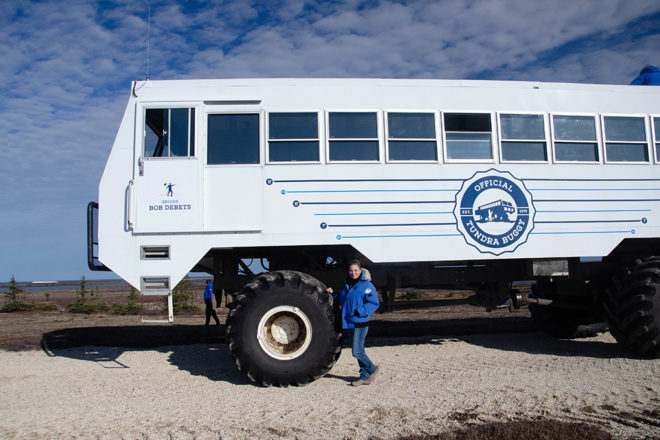


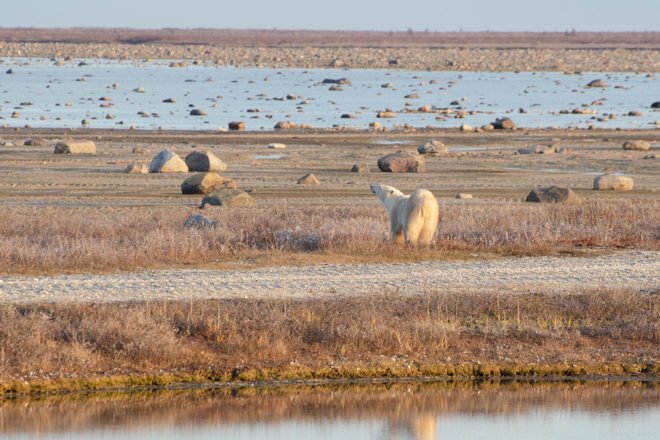
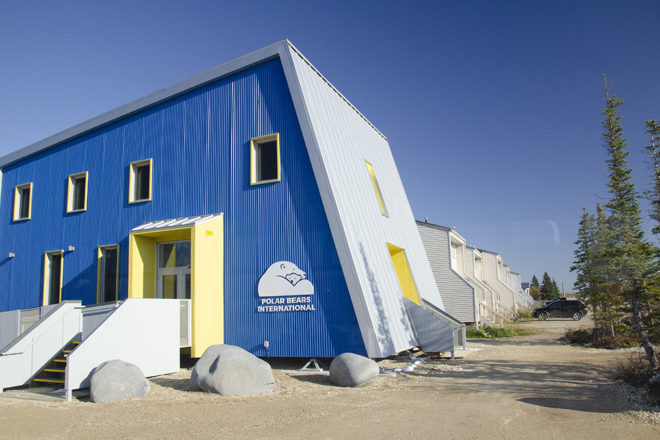

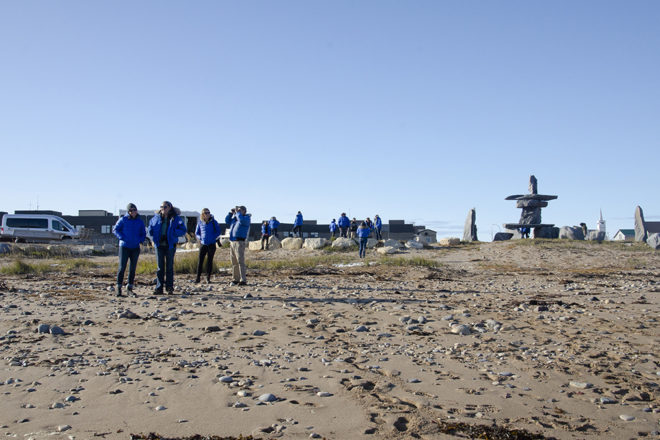
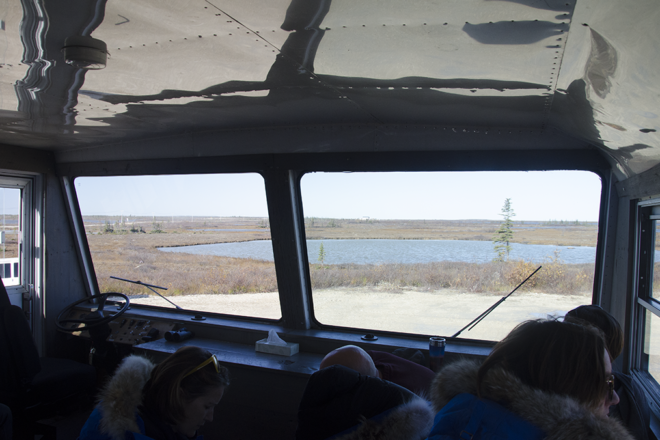




Share this article